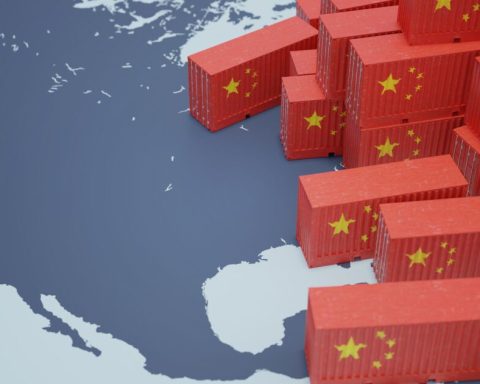According to the Global Findex of the world Bank, approximately 76% of the adult population has a bank account or an account at a regulated financial institution. However, the situation in Latin America shows that there is still a long way to go: almost a third of the adult population does not have basic financial services, and only 3 out of 5 active workers have a debit or credit card.
In this regard, at the regional level, great efforts are being made to try to include a large population without access to credit, which represents a great opportunity to provide support to these populations, so that they can be included in the system, and thus have greater access to various financial products, such as loans or digital wallets, among others.
At the national level the situation is not very different. According to the last Study on Financial Inclusion and Access to Credit: A look from Experian Spanish Latam, prepared by the team of Experian Spanish Latam Business Consultants, between Peru, Chile and Colombia, our country is the one with the most opportunities to improve their education and financial health. Compared to the other two countries, in Peru, a country of entrepreneurs, only 15% save through financial institutions, which does not indicate that little is being saved, but rather that many people have not yet managed to integrate into the system, mainly through as a result of the existing barrier regarding access to financial products, both to cover personal expenses and to invest in businesses and others.
LOOK: Municipality of Miraflores fines Friday’s for emergency after gas leak in Larcomar
In this sense, it is of the utmost importance that policies and ways to promote financial inclusion be promoted and facilitated, in order to reduce social and economic inequality; promote greater sustainable development of cities, stabilization and integrity of the system; facilitate the reduction of informality, and thus improve the quality of life of people in general. Faced with this scenario, ordinary citizens can also improve their credit profile individually, accessing a good financial education, which is a facilitator to promote access to financial services and products.
In Peru, until June 2022, only 40.6% of the population over 18 years of age has credit experience in regulated entities, which represents approximately 10.2 million people, among whom more than 57 billion dollars are accumulated. in credits. This panorama offers an opportunity to evaluate inclusion strategies for women and people over 45 years of age, so that they can access financial services in a timely and affordable manner. Although around 134,000 people were included in June 2022, this figure is still below the more than 142,000 registered in June 2019, according to the Study published by Experian Latam. Likewise, in terms of average loans, there has also been a decrease from 1,340 dollars to 933 dollars, between the period 2019 and 2022.
It is interesting to be able to observe the characteristics of the people who have entered the financial system in June 2022: there is a 2 percentage point difference between men and women, with an offer of credit products aimed mainly at people and with incomes of more than 313 dollars. Indeed, according to the “Traffic light of the economic expectations of Limeños towards 2023”, carried out by Experian and Consulting Partners, 60% of the inhabitants of Lima consider that the current economic situation will improve or be maintained, and at least 33% You are actively interested in accessing a credit product in the next 6 months.
Of the admissions to the system in June 2022, 51% were men and 49% were women, and in terms of the age range, in June 2022 the population between 18 and 25 years old represented 30%, unlike in 2020 where they only represented a eleven%.
:quality(75)/cloudfront-us-east-1.images.arcpublishing.com/elcomercio/OTLUPV6Z6BDS7FRLTO2CNMX5YQ.png)
As can be seen, the Peruvian financial system has achieved a more equitable distribution of access to populations that have historically been discriminated against when entering the system, such as women and the elderly, but there are still approximately 15 million Peruvians without access to formal credit products. as of June 2022, which represents 60% of the total population. This multi-causal situation shows that financial inclusion must be understood and addressed as a complex problem by all of us who are part of the financial ecosystem.
Challenging the financial inclusion indicators is our objective, and these show that there is still a long way to go if we want to build an inclusive financial system, with tools that allow entities to expand the product offer and for citizens it is vital to have clear, precise and timely information to make decisions and take care of your financial health. In this sense, alternative data sources are a good option to include people who do not have a background in the formal financial system.
“At Experian Spanish Latam, we understand the responsibility involved in delivering timely and affordable data and decisions to improve and transform the financial health of millions of people in our region. The challenge of financial inclusion is a common goal and the opportunity is for everyone”, Vanina Fochesatto, Head of Business Consultancy.
SUGGESTED VIDEO:
:quality(75)/cdn.jwplayer.com/v2/media/KC0isGpR/poster.jpg)
















